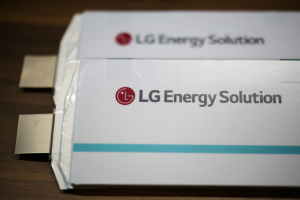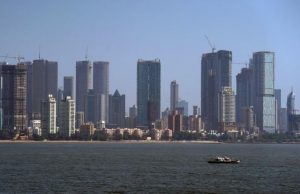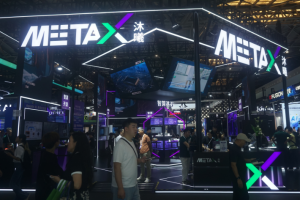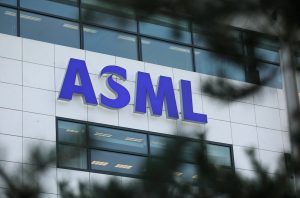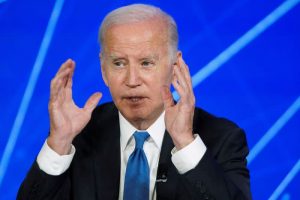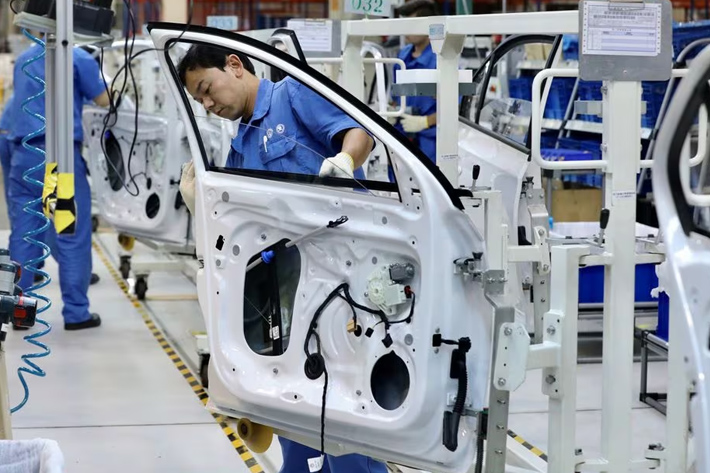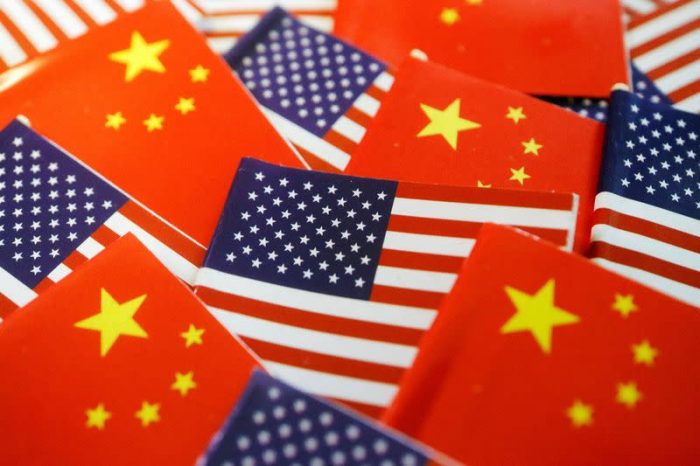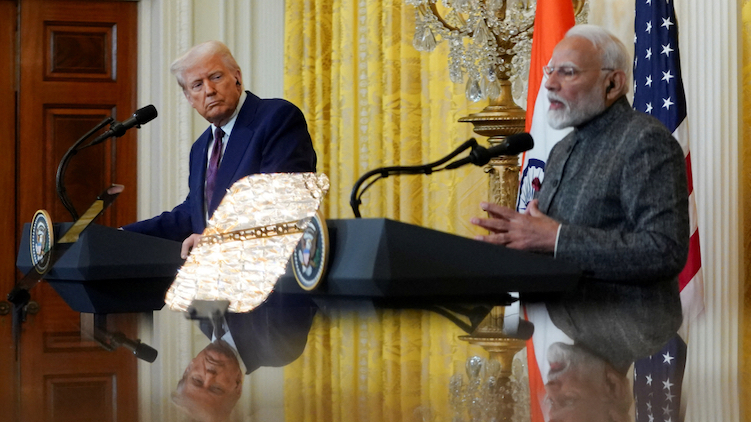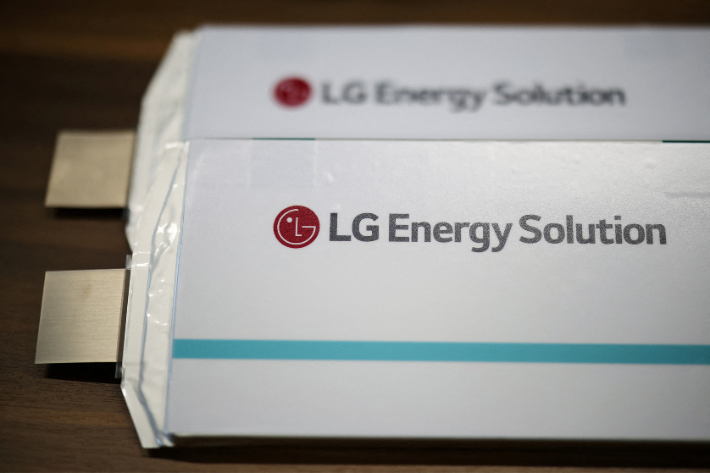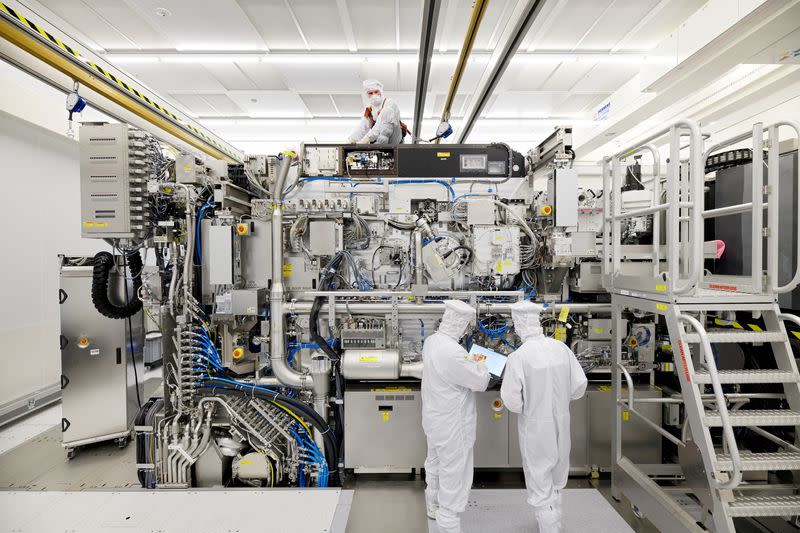China’s economic data for May – released on Monday – was mixed, with factory output dropping to a six-month low, but retail sales rising slightly because of the ‘618’ shopping festival.
The latter news offers some respite after a fragile truce was renegotiated in London last week in its trade war with the United States.
The mixed data comes as China’s economy strains under US President Donald Trump’s tariff onslaught and chronic weakness in the property sector, with entrenched home price declines showing no signs of reversing.
ALSO SEE: China Did Not Agree to Military Use of Rare Earths, US Says
Industrial output grew 5.8% from a year earlier, National Bureau of Statistics data showed, slowing from 6.1% in April. That was the slowest growth since November last year.
Shopping fest boosts retail, but growth flat
However, retail sales rose 6.4%, much quicker than a 5.1% increase in April, marking the fastest growth since December 2023.
All up, the numbers failed to convince investors or analysts that anaemic growth would pick up anytime soon with Chinese blue chips erasing very brief gains on Monday.
“The US-China trade truce was not enough to prevent a broader loss of economic momentum last month,” Zichun Huang, China Economist at Capital Economics, said. “With tariffs set to remain high, fiscal support waning and structural headwinds persisting, growth is likely to slow further this year.”
Data released earlier this month showed China’s total exports expanded 4.8% in May, but outbound shipments to the US plunged 34.5%, the sharpest drop since February 2020.
The Asian giant’s deflationary pressures also deepened last month.
Supporting retail sales were strong Labour Day holiday spending and a consumer goods trade-in programme that was heavily subsidised by the government.
An extended “618” shopping festival, one of China’s largest online retail events by sales, started earlier than usual this year, helping lift consumption.
Doubt on growth target
Overhanging the activity indicators were persistent headwinds in China’s housing sector, with new home prices extending two years of stagnation.
“We find a general pattern that wherever there is stimulus, it works, like the home appliance sales; but wherever there is no stimulus, like the property development, it struggles,” Tianchen Xu, senior economist at the Economist Intelligence Unit, said.
“There are reasons for more caution going forward, especially regarding private consumption which could see a ‘triple whammy’ of tightening dining curbs on officials, the end of a front-loaded 618 shopping festival and the suspension of government consumer subsidies.”
Fixed asset investment expanded 3.7% in the first five months of this year from the same period a year earlier, compared with expectations for a 3.9% rise. It grew 4.0% in the January to April period.
Trump last week said a trade deal that restored a fragile truce in the US-China trade war was done, a day after negotiators from Washington and Beijing agreed on a framework covering tariff rates.
That means the US will charge Chinese exports a total of 55% tariffs, he said. A White House official said the 55% would include pre-existing 25% levies on imports from China that were put in place during Trump’s first term.
For now, trade woes have not been reflected in employment figures with the urban survey-based jobless rate nudging down to 5.0% in May, from 5.1% previously.
Beijing last month rolled out a package of stimulus measures, including interest rate cuts and a major liquidity injection, aimed at shielding the economy from the hit from US tariffs.
However, analysts continued to flag challenges for China in hitting its growth target of roughly 5% this year and warned imminent stimulus was unlikely.
- Reuters with additional editing by Jim Pollard
ALSO SEE:
Unusual Fall in China’s LNG Imports Points to Industrial Slump
Price Cuts Help Apple Win Top Phone Sales Spot in China in May
Trade Truce Done With 55% Tariffs on China Exports, Trump Says
China Export Curbs on Rare Earth Magnets: a Trade War Weapon
China’s Exports to US Plunge, as Deflation Hits Two-Year High
US Blocks Chip Design Software, Chemical Shipments to China
China Threatens Legal Action Against Anyone Who Shuns Its Chips
Mass Layoffs Avoided in China, But Export Sector Badly Shaken





